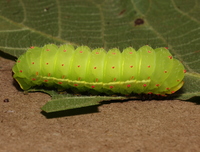
| Recorded by: David George on 2025-09-18
Durham Co.
Comment: | 
| Recorded by: Jon Carman on 2025-09-15
Wake Co.
Comment: |
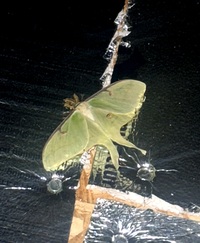
| Recorded by: Darray Lynch on 2025-09-14
Nash Co.
Comment: | 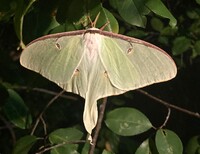
| Recorded by: Dean Furbish and Joy Wiggins on 2025-09-11
Wake Co.
Comment: |
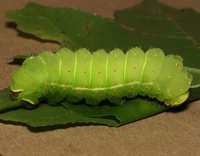
| Recorded by: David George on 2025-09-03
Durham Co.
Comment: | 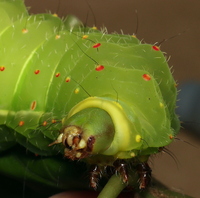
| Recorded by: David George on 2025-09-03
Durham Co.
Comment: |
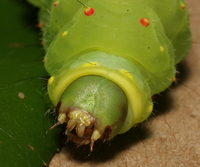
| Recorded by: David George on 2025-09-03
Durham Co.
Comment: | 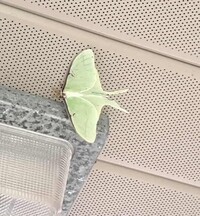
| Recorded by: Allison Garton on 2025-08-28
Moore Co.
Comment: |

| Recorded by: Allison Garton on 2025-08-27
Moore Co.
Comment: | 
| Recorded by: Caleb Garner on 2025-08-16
Wake Co.
Comment: |
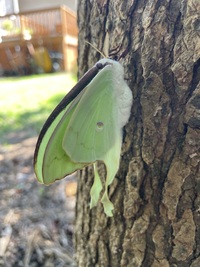
| Recorded by: Caleb Garner on 2025-08-16
Wake Co.
Comment: | 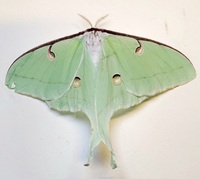
| Recorded by: Mark Basinger on 2025-07-28
Wilson Co.
Comment: |
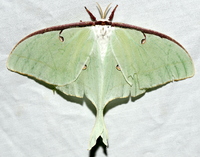
| Recorded by: David George, Dale Morgan, Patrick Coin, Julie Tuttle, Becky Watkins, et al. on 2025-07-26
Orange Co.
Comment: | 
| Recorded by: David George, Jeff Niznik on 2025-07-20
Moore Co.
Comment: |

| Recorded by: Jeff Niznik, David George, Rob Van Epps, Kevin Metcalf on 2025-07-20
Richmond Co.
Comment: | 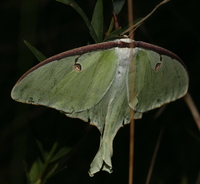
| Recorded by: David George, Jeff Niznik, Rob Van Epps, Kevin Metcalf on 2025-07-20
Richmond Co.
Comment: |

| Recorded by: Nicole Barker on 2025-07-06
Wayne Co.
Comment: | 
| Recorded by: David George on 2025-06-29
Moore Co.
Comment: |
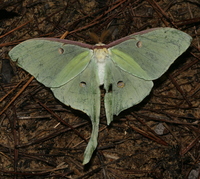
| Recorded by: David George on 2025-06-29
Richmond Co.
Comment: | 
| Recorded by: Jim Petranka, Mark Basinger and Becky Elkin on 2025-06-25
Mitchell Co.
Comment: |

| Recorded by: Dean Furbish, Lior S. Carlson on 2025-06-18
Alamance Co.
Comment: | 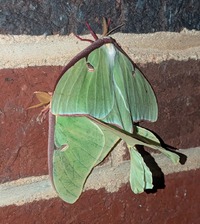
| Recorded by: Elizabeth Moraux on 2025-05-27
Rockingham Co.
Comment: |
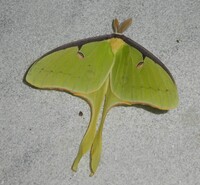
| Recorded by: Simpson Eason on 2025-05-23
Durham Co.
Comment: | 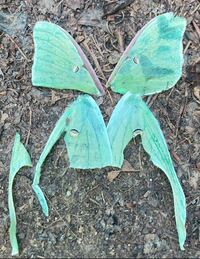
| Recorded by: Stephanie Willis on 2025-05-23
Guilford Co.
Comment: |
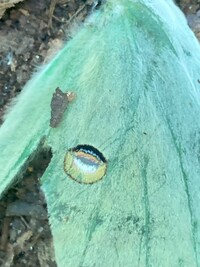
| Recorded by: Stephanie Willis on 2025-05-23
Guilford Co.
Comment: | 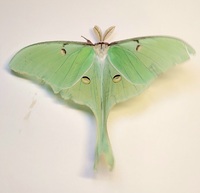
| Recorded by: Mark Basinger on 2025-05-19
Wilson Co.
Comment: |
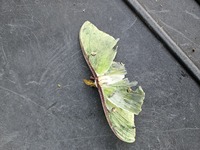
| Recorded by: Carly O'Neill on 2025-05-19
Harnett Co.
Comment: | 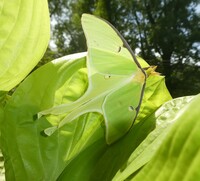
| Recorded by: Simpson Eason on 2025-05-18
Durham Co.
Comment: |

| Recorded by: K. Bischof on 2025-04-30
Chatham Co.
Comment: | 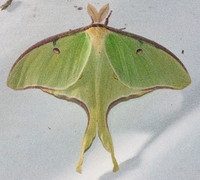
| Recorded by: Emily Stanley on 2025-04-22
Buncombe Co.
Comment: |
|

 »
»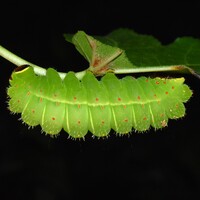
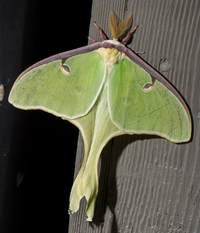
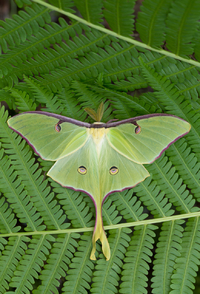

 »
»

